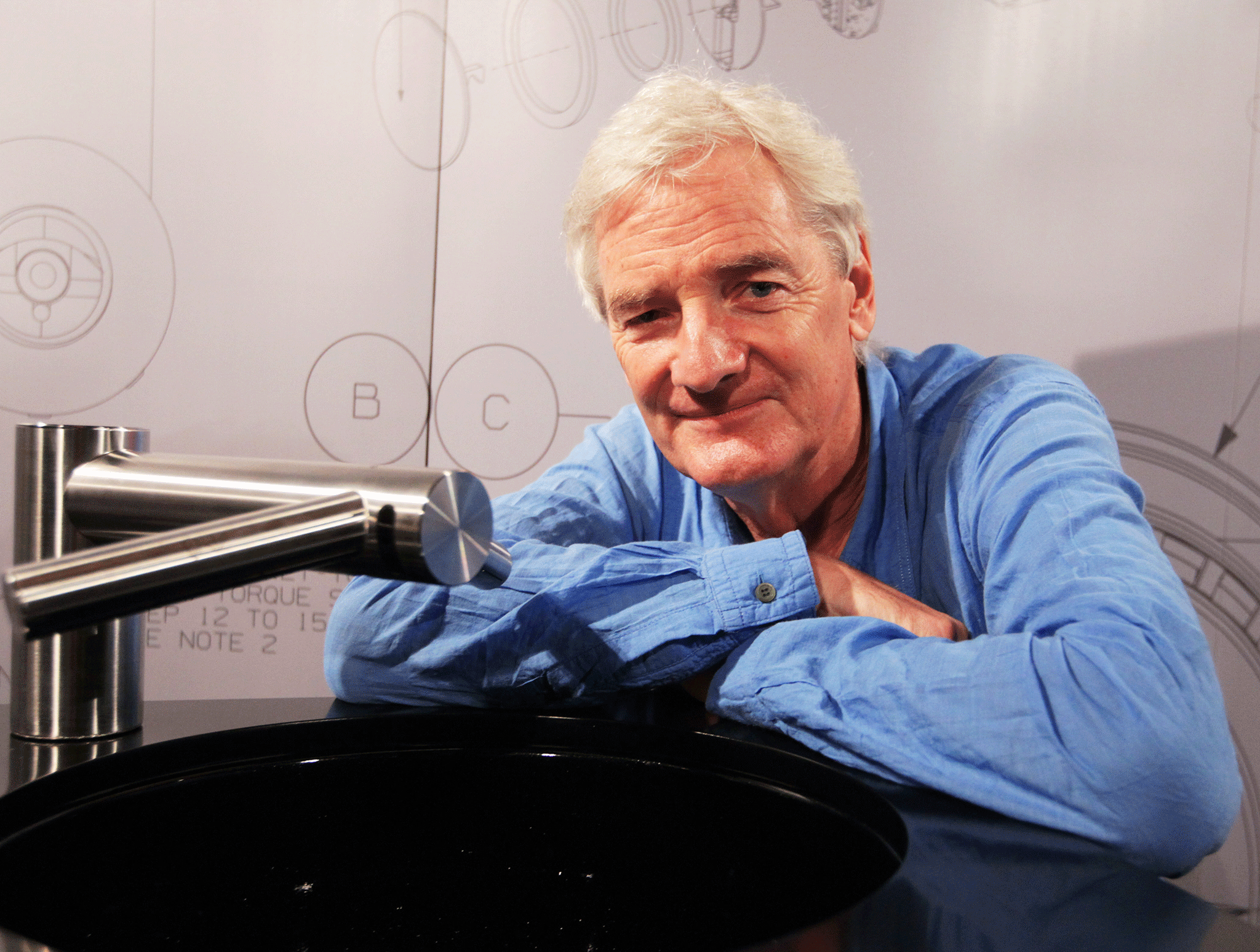Why James Dyson made an error in assuming electric cars are the next tech revolution
Though Uber’s battling a well-documented plethora of legal and operational challenges, the ride-hailing market has exploded in recent years and redefined the transport industry

First he gave us high-end hoovers. Next he graced us with a host of futuristic-looking posh hand and hair dryers. So is it really surprising that James Dyson has become the latest billionaire to venture into the field of electric cars?
In a grand memo to staff on Tuesday, Sir James announced that his eponymous company had committed £2bn to developing and building a “radical” all-electric vehicle, taking on Tesla and an array of lesser-known rivals in the heating-up race to make the world’s roads cleaner.
Without giving too much away, the divisive businessman said his firm had already created a 400-strong team dedicated to the project, putting next generation’s car on track for a 2020 launch.
Pertinent timing, you might think, considering that the UK and France are both eyeing ambitious targets to phase out petrol and diesel cars by 2040. Twenty years should be plenty of time after launch to get the design just right and nail a mass-market model that’s affordable, even to those who consider a £300 vacuum cleaner to be an unnecessary extravagance.
But as more manufacturers commit to hurtling full-throttle towards an ecological future, Sir James and his fellow inventors would be wise to keep an eye on the roadblocks ahead. For there are many.
The first problem, though arguably not the most insurmountable, is how all these cars are going to be charged. A recent Wall Street Journal article pointed out that although 44,000 public charging stations currently available across the US might sound like a lot, it’s a paltry figure when you consider that Tesla alone expects to make more than 400,000 electric vehicles by the end of 2018. And that doesn’t even include all the European and Asian marques plotting their own answer to Elon Musk’s Model 3.
Building charging points in suburban areas, in car parks of big shopping complexes or on spacious industrial estates may be straightforward enough, but how do we squeeze them into busy side streets in city centres or along the sides of roads where finding a spot that’s simply empty is already hard enough?
Beyond the sheer infrastructural challenge, the Journal’s Christopher Mims also points out that electricity supply could be an issue if many thousands of people want to charge their cars at peak times – especially in densely populated metropolitan areas. The grid might not be able to cope.
Before we even get to the issue of charging though, spare a thought for the batteries and the raw materials used to produce them. Lithium is a critical one and global demand for it is widely expected to double between now and 2020, exerting immense pressure on a relatively small market.
Another crucial material needed to make batteries is cobalt, stockpiles of which are mostly concentrated in the Democratic Republic of Congo. Musk has reportedly vowed to use only North American resources for his Nevada-based Gigafactory – possibly because of humanitarian and labour rights concerns in countries like the DRC. When it comes to cobalt, though, he could be in trouble.
Some experts have suggested that – as demand for certain materials surges, sending costs rocketing – manufacturers might start looking for alternatives. But supply of suitable substitutes is thought to be constrained too. And mining them may have massive environmental implications that could even go some way to offset the advantages of driving without diesel or petrol.
Some car manufacturers are experimenting with hydrogen fuel cells, but it doesn’t really seem to be catching on. A company called Fisker, founded in California in 2007, was one of the first to produce plug-in hybrid electric cars. However, it suffered a massive setback in 2012 when Hurricane Sandy flooded a huge European shipment of hundreds of cars. Several burned because the seawater triggered a short circuit in one vehicle, and the resulting fire spread to others. In 2014, Fisker filed for bankruptcy.
Finally, a more conceptual challenge to the electric car industry might stem from the changing way we’re living our lives. Will we even need our own personal cars in future?
Though Uber’s battling a well-documented plethora of legal and operational challenges, the ride-hailing market has exploded in recent years and redefined the transport industry. I know few people who are brave, rich or perhaps foolish enough to have their own car in London. Urbanisation and exploding supply within the sharing economy means that our need for a personal car has become sporadic – limited to the odd weekend trip, airport run or a late-night emergency.
Hiring a chauffeur has rapidly evolved from being a luxury reserved for the super wealthy to being an option for many of us on an average night out. Even not having a driving licence is no longer the taboo it once was, something I can personally attest to.
Electric cars do have a future. There’s been too much commitment and investment for that not to be the case. But the road to a future of emission-less driving is paved with supply squeezes, hidden costs and ethical issues.
I’m curious to see what Sir James has up his sleeve. But perhaps it’s too early to completely give up on the hoovers just yet.
Join our commenting forum
Join thought-provoking conversations, follow other Independent readers and see their replies
Comments